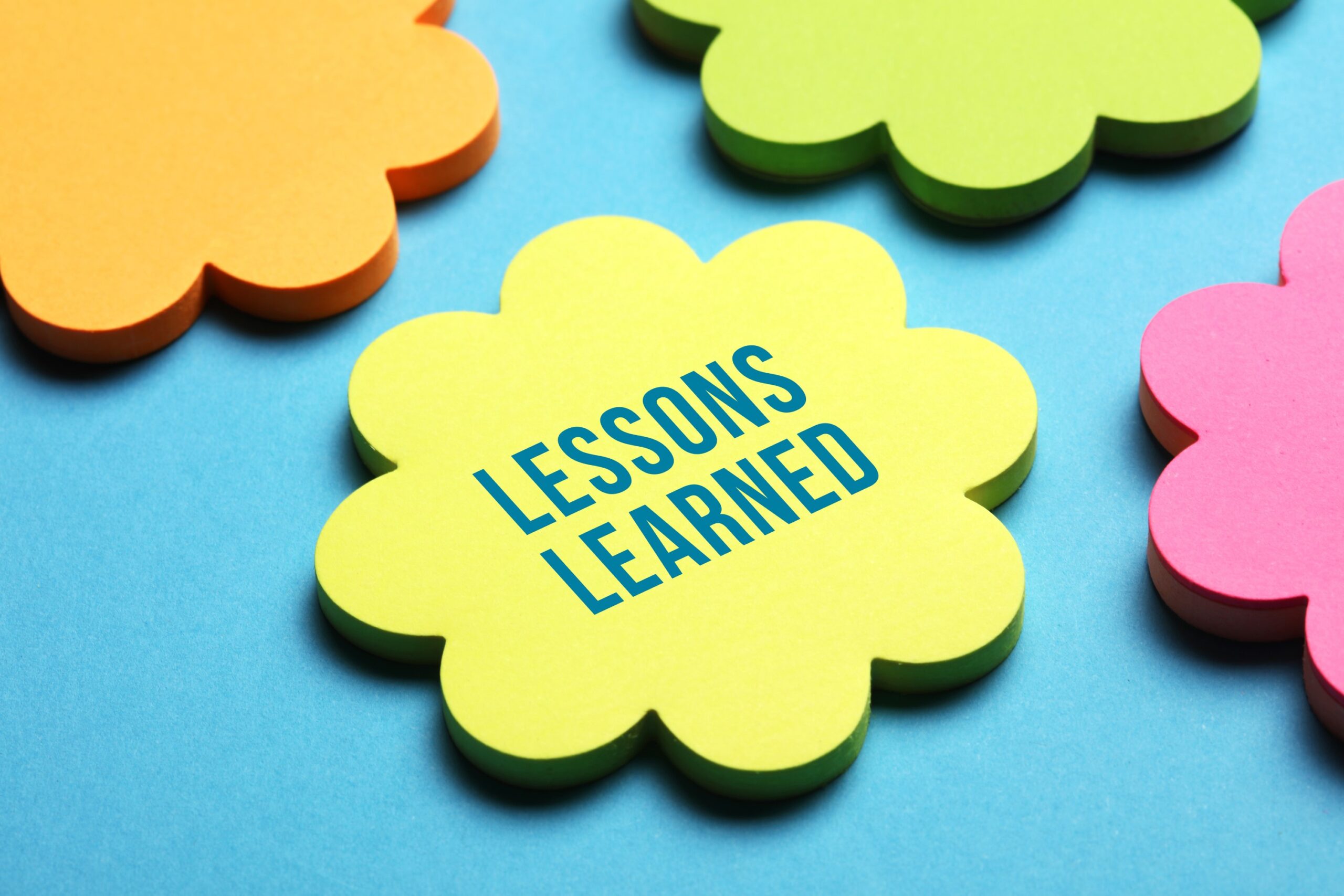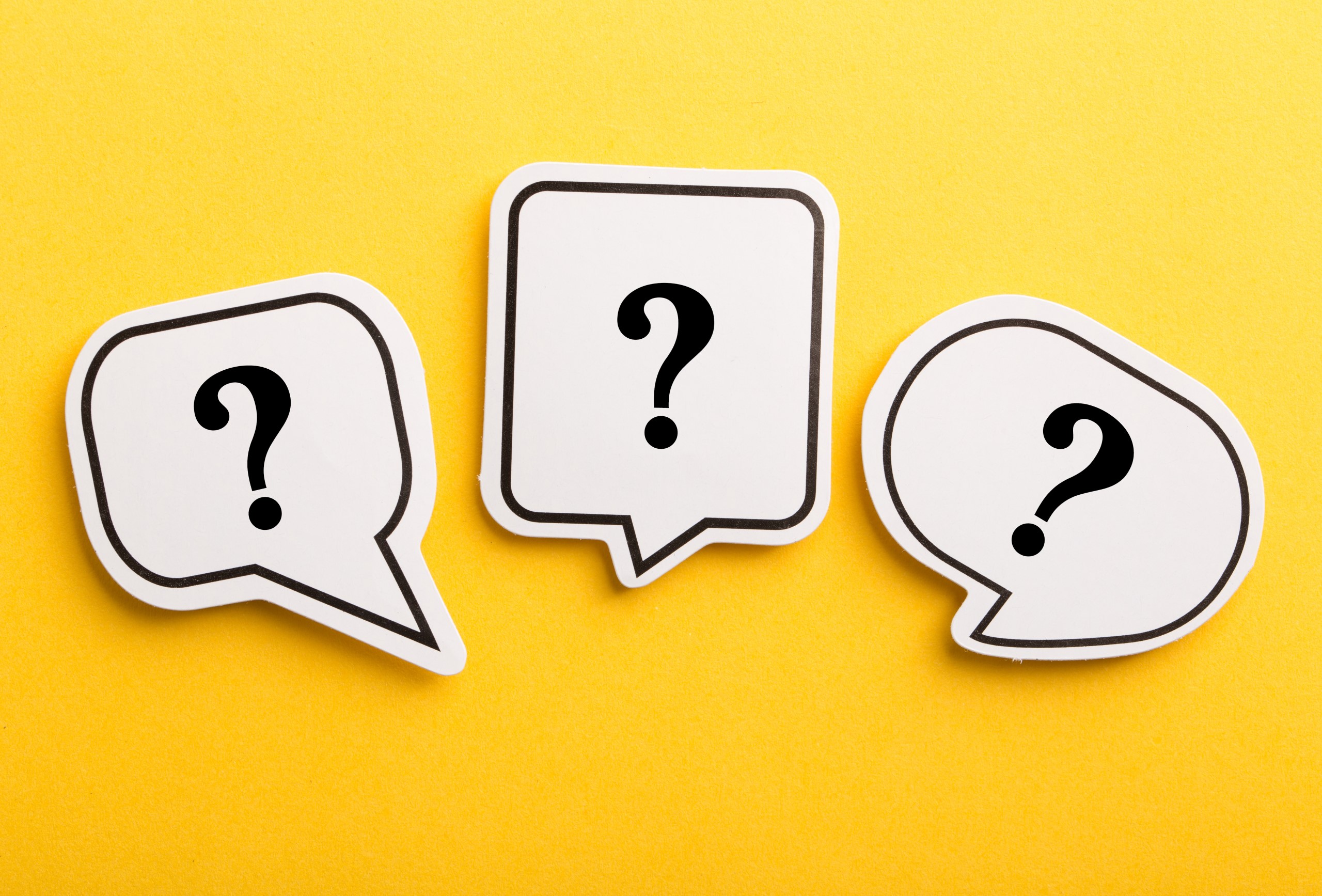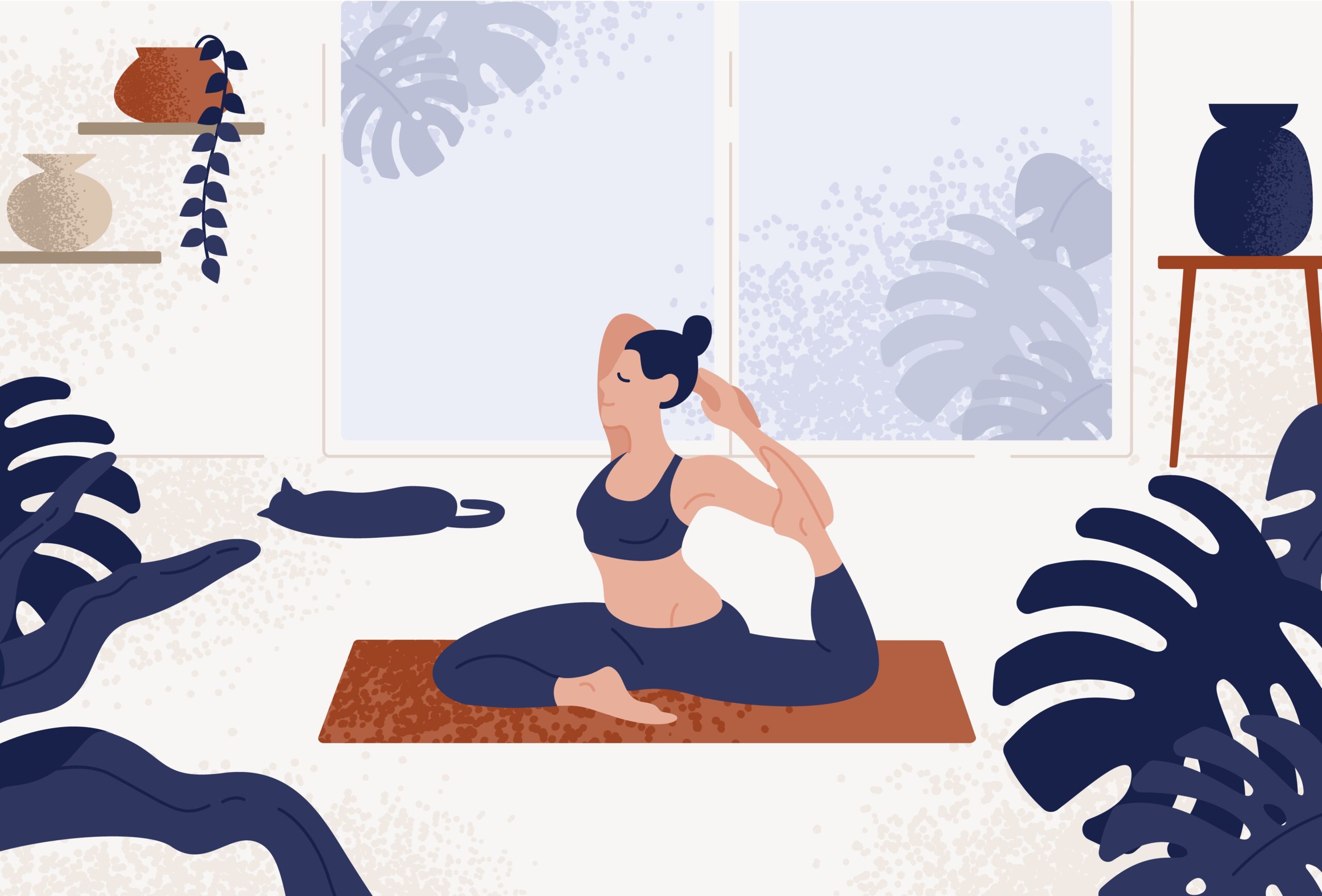Spot the difference: A recent study reveals that 50% of consumers can spot AI-generated copy. Can you?
Brief to ChatGPT and professional copywriter: write 100 words about future trends in retail marketing.
Submission 1
In the future, marketing will continue its evolution towards hyper-personalization, leveraging AI and big data for precise targeting. Virtual and augmented reality will redefine customer experiences, allowing immersive interactions with products and brands. Influencer marketing will become even more prevalent, with nano and micro-influencers gaining traction for their authenticity. Sustainability and ethical practices will be paramount, shaping consumer preferences and driving brands to adopt eco-friendly strategies. Interactive content, such as quizzes and polls, will engage audiences and foster community-building. Additionally, voice search optimisation will rise as voice assistants become ubiquitous, altering SEO strategies to accommodate natural language queries.
Submission 2
Picture this imaginary world. Personalised ads that know you better than your best friend! Shopping trips where AR glasses transform every aisle into your perfect pantry or walk-in wardrobe designed just for you – and where you can virtually try on from the comfort of your sofa. Imagine a plastic-less world of eco-conscious consumers that have turned their back on Temu to pay with their conscience not pounds.
Move over social media influencers. Nano-influencers will be taking the spotlight. Your dog or gerbil could be the next big brand ambassador earning more than you! Get ready for quizzes and polls galore, making marketing feel more like an exciting game you can win rather than a dull sales pitch. And who needs fingers to type? Voice search will have us all chatting to our devices to buy cars and book holidays like old friends.
Soon you won’t have to imagine. This AI world is weaving its way surely but not slowly.
AI attack
An AI apocalypse is taking over the UK. Almost 8 million UK jobs could be lost to artificial intelligence according to a recent report by the IPPR. It warns that women, younger workers and those on lower wages are at most risk from the AI and automation take-over.
Entry level, part-time and administrative jobs are at most risk in this first AI vanguard. So, if you work in database management, scheduling, secretarial work, administration or customer services, it may be time to retrain?
But don’t get complacent all you account managers, creative directors, content creators and copywriters out there. Rapid advances in AI means the rapid extinction of more human jobs in a second wave. According to the IPPR, 59% of tasks in the creative, advertising and marketing world including the creation of databases, copywriting and graphic design could be ousted by faceless robots, codes and algorithms.
But we’ll fight back. We won’t go quietly.
According to research by digital asset management firm Bynder, 26% of consumers find brands using AI for their website copy impersonal. Hoorah.
20% would feel that the brand is lazy if the copy doesn’t feel like it has been written by the human hand. Hear hear.
When it comes to AI-generated social media content, 25% of consumers would feel the brand is impersonal, 20% untrustworthy, 20% lazy and 19% would think they are uncreative. We couldn’t agree more.
When quizzed about reading copy that they suspect is AI-generated, 52% of consumers cited that they would become less engaged. Take that on the chin ChatGPT.
The human touch
In the creative agency world, we are well versed in moving with the times. We’ve ditched marker pens and scamp books and replaced them with Macs. We’ve thrown away our scalpels and Foamex boards and invested in digital presentation platforms.
We are happy to work with AI. We understand what you are bringing to the party. We welcome you. We embrace your ability to make our workflow and scheduling more efficient. We applaud your speedy delivery of exceptional content experiences. We value your robotic, invisible input.
But please don’t step on our creative toes.
Outstanding creativity, engaging copy and captivating design needs the human touch. Brands need people who care. Businesses need creative mavericks that will win them awards. And more loyal customers.
And which client wants a status meeting, a campaign planning brainstorm or a night out with an algorithmic robotic chatbot? Thought not.
P.S. I wrote number 2.











 Cara Cunningham, PR Account Manager
Cara Cunningham, PR Account Manager Mano McLaughlin, Art Director
Mano McLaughlin, Art Director Claire Wood, Creative Director
Claire Wood, Creative Director Debbie Wells, Managing Director
Debbie Wells, Managing Director Jen Lever, Account Manager
Jen Lever, Account Manager